Oscillatory devices provide a digital readout and operate on the principle that blood flow through an artery between systolic and diastolic pressures creates vibrations in the arterial wall. These vibrations are detected and converted into electrical signals.
To use an oscillatory device, a cuff is inflated over the upper arm or wrist. The device determines how much to inflate the cuff to reach a pressure about 20 mm Hg above the individual’s systolic pressure. When the cuff is fully inflated to this pressure, it stops blood flow through the artery. As the cuff deflates below the systolic pressure, the decreasing pressure allows blood to flow through the artery, creating detectable vibrations in the arterial wall. Once the cuff pressure drops below the diastolic pressure, blood flows smoothly without causing vibrations. Vibrations occur when the cuff pressure is high enough that blood must push the arterial wall open to flow.
These vibrations are transmitted from the arterial wall through the air inside the cuff to a transducer in the monitor, which converts the measurements into electrical signals.
These digital devices deflate at about 4 mm Hg per second, which can make them seem slower than auscultatory aneroid devices, but they are generally more accurate.
Arrhythmias cause additional vibrations in the arterial wall, complicating blood pressure detection regardless of the method used. Elderly individuals have less elastic arteries, but oscillometric devices can detect even the weakest vibrations with the correct cuff size. The bladder in upper arm cuffs should encircle 80% of the arm’s circumference.
Be the first to review “Accu-Test BP Cuff – Large – 30-42cm” Cancel reply
Related products
Blood Pressure Meters



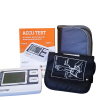

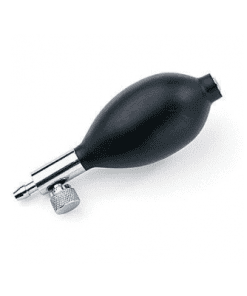


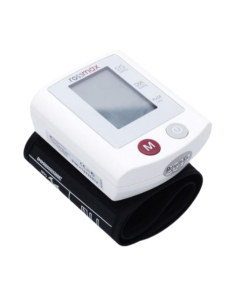
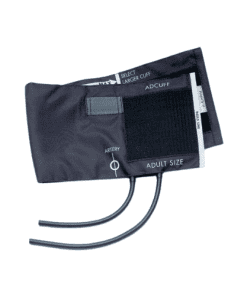
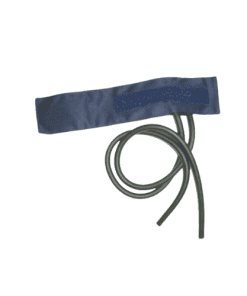

Reviews
There are no reviews yet.